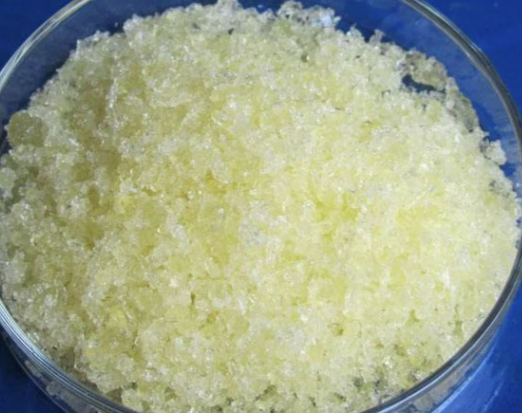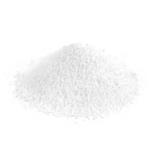Uses
Cerium Chloride, in the form of crystalline aggregates or light yellow lump aggregates, is an important material for catalysts, glass, phosphors, and polishing powders. It is also used to decolorize glass by keeping iron ferrous. Cerium chloride can be used as a starting point for preparing other cerium salts, such as the Lewis acid, cerium (III) trifluoromethanesulfonate, used for Friedel-Crafts acylations. It is also used as a Lewis acid, ,such as a catalyst in Friedel-Crafts alkylation reactions.

Production Methods
A 500-mL, three-necked, round-bottomed flask has two glass stoppers and a three-way stopcock. The flask is connected to a trap cooled at −78°C in a dry ice-ethanol bath and attached to a vacuum pump. The flask is charged with powdered cerium(III) chloride heptahydrate (CeCl3·7H2O, 44.7 g, 0.12 mol) and evacuated to 0.1-0.2 mm. After gradual warming to 90°C over 30 min with an oil bath, the flask is heated at 90-100°C for 2 hr with intermittent shaking. The system is filled with dry argon and cooled to room temperature. The solid is transferred to a mortar and quickly pulverized with a pestle. The resulting white powder and a magnetic stirring bar are placed in the original flask. Gradual warming to 90°C at 0.1-0.2 mm over 30 min, followed by further evacuating at 90-100°C for 1.5 hr with intermittent shaking, gives cerium(III) chloride monohydrate (CeCl3·H2O). The cerium(III) chloride monohydrate is gradually warmed to 140°C over 30 min under reduced pressure (0.1-0.2 mm) without stirring. Heating at 140-150°C/0.1-0.2 mm for 2 hr with gentle stirring affords a fine, white powder of anhydrous Cerium Chloride.





